Outdoor Activities and Green Spaces in Budapest
When you're done exploring Budapest's famous thermal baths and stunning buildings, there's a whole other side to this city that's waiting for you outside. We're talking about hiking trails, parks, and river adventures that most tourists completely miss. Budapest sits in this amazing spot where the Danube cuts right through the middle, and the Buda Hills roll up from the water like green waves.
The geography here is pretty special. You can be walking around the city center one minute, then hop on a bus and be hiking through forests 20 minutes later. The Danube isn't just for looking at either - you can kayak on it, take boat trips, or just walk along its banks. Margaret Island is like this car-free paradise right in the middle of the river. And the parks? They're everywhere, perfect for picnics when you need a break from all that sightseeing.
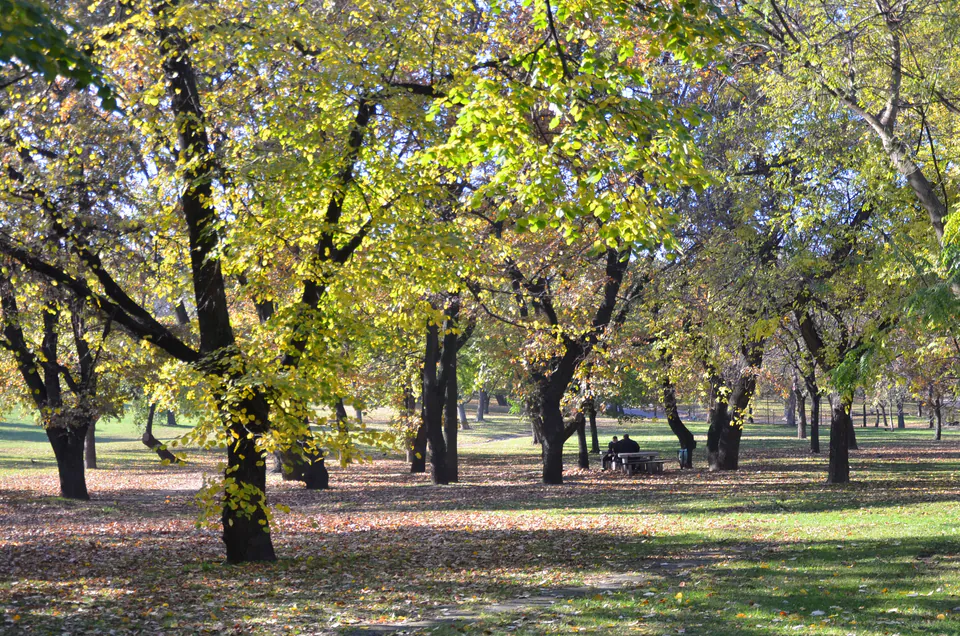
Parks and Green Spaces Around the City
Budapest has tons of parks scattered throughout the city, and each one has its own personality. These green spaces are like the city's lungs - they give you a chance to breathe and relax between all the urban exploring. We always tell people to plan at least one park visit into their Budapest trip.
City Park - Where Culture Meets Nature
City Park (locals call it Városliget) is Budapest's biggest and most famous park. It's right behind Heroes' Square, so you can't miss it. The park is open 24/7, though the attractions inside have their own hours.
The coolest thing about City Park is Vajdahunyad Castle - this fairy-tale looking building that sits on a little lake. In summer, you can rent rowboats and paddle around. We did this on our last visit and it was surprisingly peaceful, even with all the tourists around. Come winter, they turn the whole lake into an ice rink. It's pretty magical skating around with the castle as your backdrop.
Széchenyi Thermal Bath is right here in the park too. You can spend a whole day just between the park and the baths. The paths are all paved and wide, so it's easy to get around if you're using a wheelchair. Take the M1 metro (the yellow line) to Hősök tere station and you're right there.
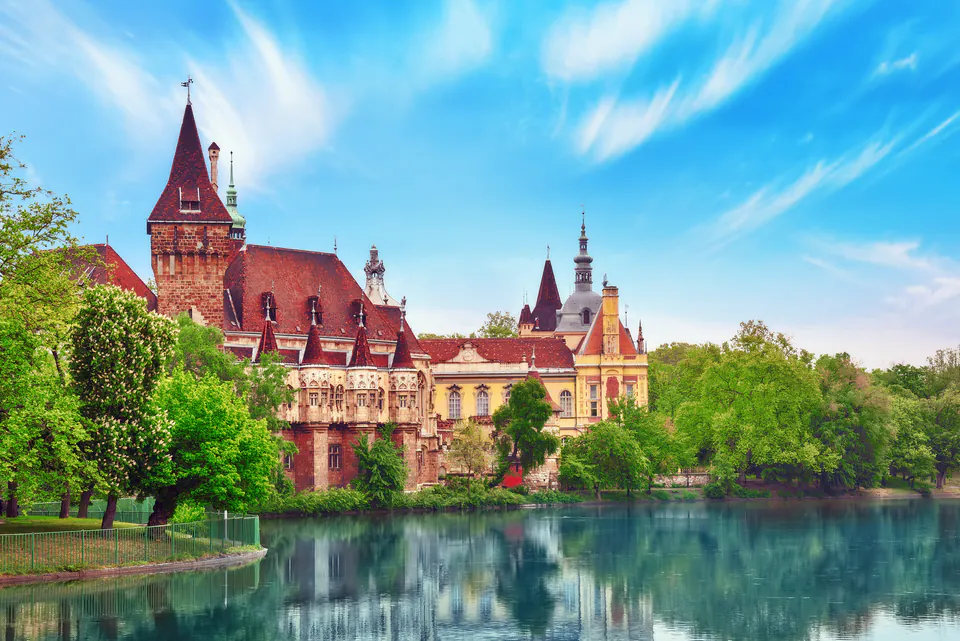
Margaret Island - A Car-Free Paradise
Margaret Island is this 2.5-kilometer long island sitting right in the middle of the Danube. No cars allowed - just bikes, runners, and people walking around enjoying themselves. We love coming here when Budapest gets too busy and loud.
There's some cool history here too. You can see ruins from a 13th-century convent, and there's this Musical Fountain that puts on shows. The Japanese Garden tucked away in the north part of the island is really peaceful. During summer, they have concerts and pop-up bars, but somehow it never gets too crazy.
The whole island is flat and accessible, so it's great if you have mobility issues. You can walk here from Margaret Bridge or take trams 4 and 6 to the Margit sziget stop.

Gellért Hill - Climb for the Views
Gellért Hill is the big hill on the Buda side with the best views in the city. It's open all day and night, and there are different ways to get up there depending on how much you want to hike. The Citadella fortress and Liberty Statue are up there too, so you get history with your workout.
The trails can be pretty steep in places, but there are easier routes if you're not up for a serious climb. If you can't do the hiking part, there are accessible tours that focus on the viewpoints you can reach by car. Start from Gellért tér where the trams and buses stop.
Kopaszi Dam - The New Kid on the Block
This is a newer park down on the southern Buda side along the Danube. It's open from 6 AM to 2 AM in summer, shorter hours in winter. The whole place is built on these connected islands and peninsulas with really nice modern design.
They have skate parks, playgrounds, outdoor gym equipment, and several restaurants. It's become a popular hangout spot, especially for younger locals. Take tram 1 to Rákóczi Bridge and walk about 10 minutes.
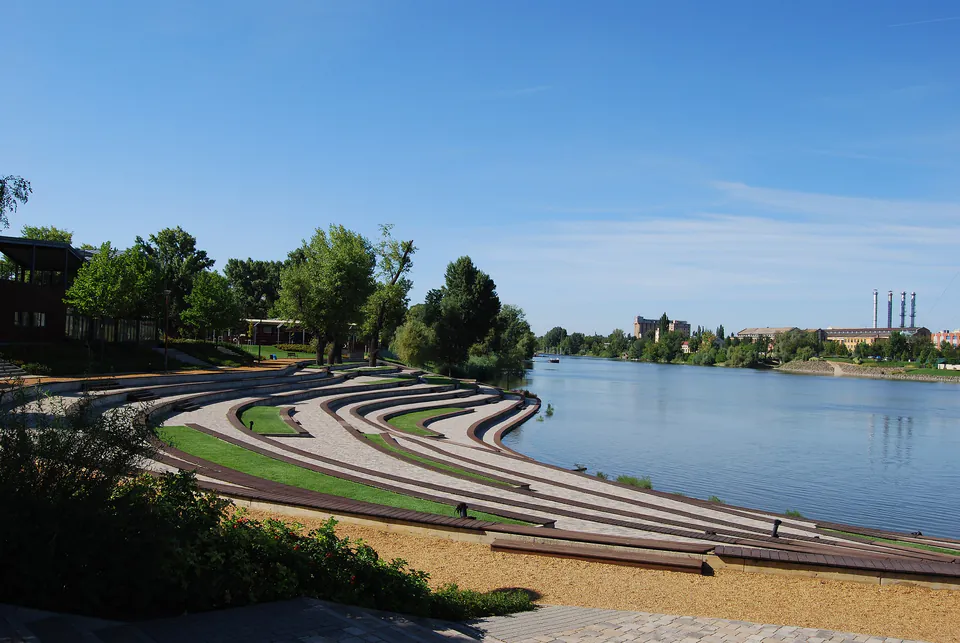
Hiking in the Buda Hills
The Buda Hills are right there next to the city, and they're full of hiking trails. We're always surprised by how quickly you can go from city streets to being in the middle of a forest. The trails are well-marked, and there's something for everyone from easy family walks to proper mountain hikes.
Where to Go Hiking
Normafa is probably the most popular spot because it's easy to get to and the trails aren't too difficult. There's a great viewpoint that looks out over the city. You can take this scenic chairlift (called Libegő) up if you don't want to hike the whole way.
János Hill is the highest point around Budapest at 526 meters. There's this tower at the top called Elizabeth Lookout Tower that gives you 360-degree views. You can hike there from Normafa or take the chairlift part way and hike the rest.
Hármashatár-hegy is where the serious local hikers go. The trails here are more challenging with bigger elevation changes. We tried the 15-kilometer loop there once and definitely felt it the next day. Make sure you have proper hiking gear for this one.
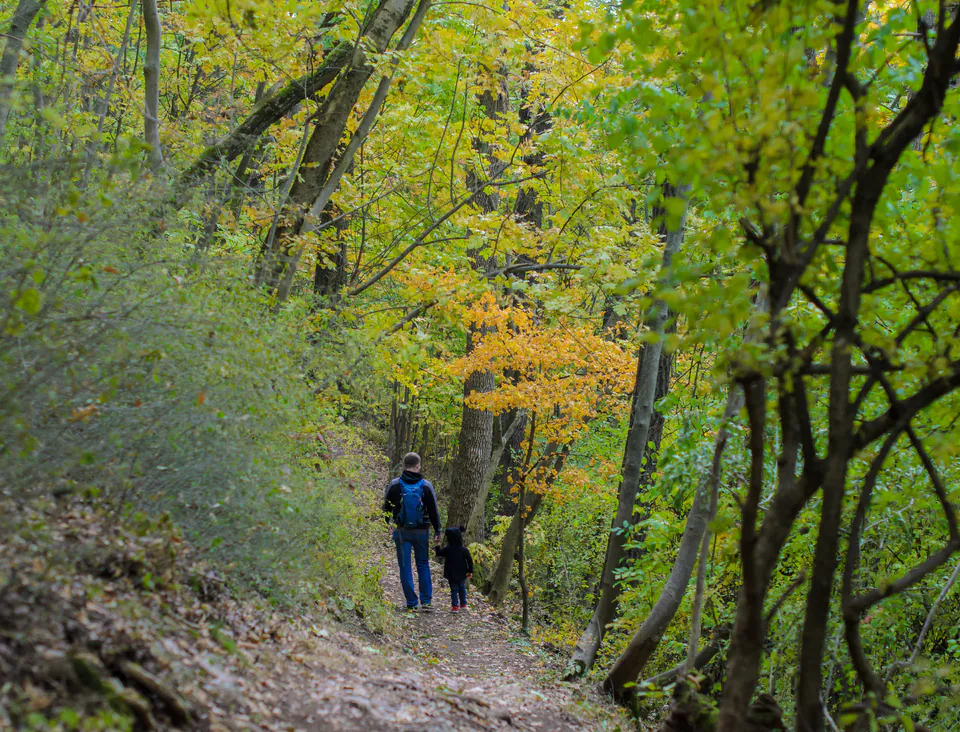
Specific Trail Ideas
The Normafa Round Tour is a nice 7.2-kilometer loop that takes about 2.5 hours. You get good views, there's a small mountain lake (they call it tengerszem), and there's even a cave you can check out. It's varied enough to keep things interesting without being too tough.
If you just want the best views for the least effort, hike from Normafa to Elizabeth Lookout Tower. It's only 2 kilometers and takes about 30 minutes. Perfect for families or when you're short on time.
That 15-kilometer loop at Hármashatár-hegy is no joke. You need good hiking boots, the right clothes, and plenty of water. But if you're an experienced hiker, it's a great workout.
Getting to the Trails
Budapest's public transport gets you to most hiking areas pretty easily. The chairlift to Normafa is the most fun way to start, but there are buses too if you prefer staying on the ground.
Bus 65 goes directly to Hármashatár-hegy and drops you right at the trailheads. For Rókahegy, take the HÉV 5 (purple line) to Csillaghegy stop, then walk uphill to where the trails start near the old quarries.
Apáthy Rock is accessible by bus 11 to the end of the line at Nagybányai út. This one's good for families - you get great views without too much hiking.
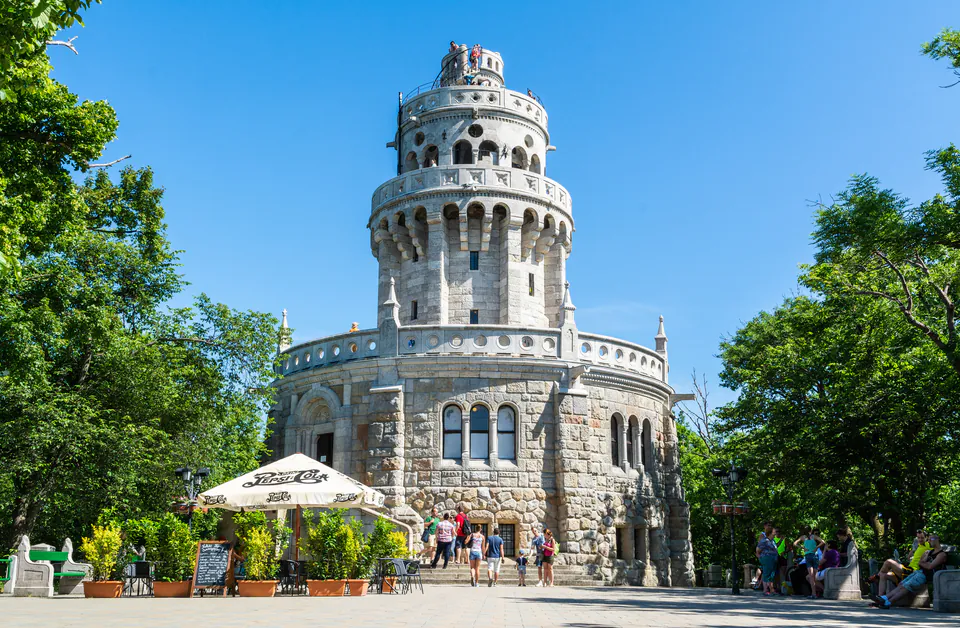
Fun on the Danube River
The Danube runs right through the heart of Budapest, and there are lots of ways to get out on the water. From relaxing boat trips to actually paddling yourself, the river gives you a completely different view of the city.
Boat Tours and River Cruises
River cruises are huge in Budapest, and for good reason. Seeing the city from the water really shows you why Budapest grew up around this river. You can do daytime tours with audio guides that tell you about all the buildings you're seeing, or evening cruises when everything's lit up and reflecting in the water.
We always recommend the sunset cruises if you can time it right. The light is amazing during golden hour, and all the historic buildings look incredible. Evening dinner cruises are romantic but definitely more expensive.
Most boats leave from docks on the Pest side. Look for Dock 6 at Pesti alsó rkp. 8 or the various Mahart docks. Just look for the signs for your specific tour company - Big Bus has those distinctive red signs, for example.
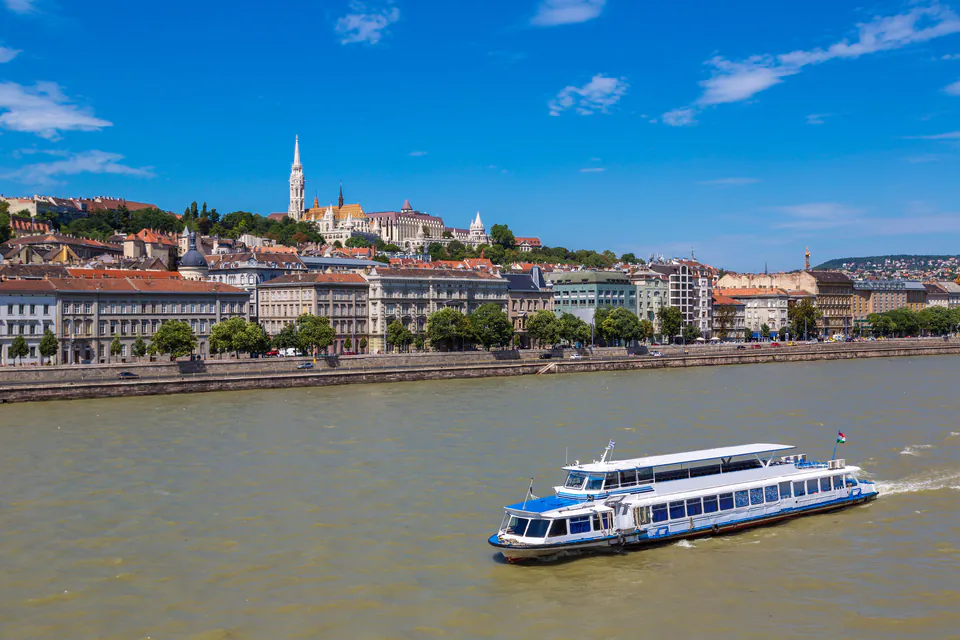
Kayaking and Active Water Sports
If you want to actually get in the water and paddle, there are kayak rentals at Római-part in northern Budapest. They have equipment and a good launch spot for exploring on your own.
The Danube Bend area north of the city has calmer water and prettier scenery for paddling. You can get there by train from Budapest. Some people even do multi-day canoe camping trips up there.
Several companies run guided kayak tours that include transportation to good launch spots and safety instruction if you're not experienced. We tried one of these on our first visit and learned a lot about reading the river currents.
Thermal Baths and Swimming Outdoors
Budapest's thermal bath culture is famous worldwide, and the outdoor pools are something really special. You get to soak in hot mineral water while looking at beautiful architecture - it's pretty unique.
Széchenyi Thermal Bath Complex
Széchenyi is the biggest thermal bath complex in Budapest and definitely the most famous. They have three huge outdoor pools plus fifteen indoor ones. The outdoor pools stay open all year, which means you can have this amazing experience of sitting in hot water while it's snowing around you in winter.
We visited in February once and it was surreal - steam rising everywhere, snow on the pool edges, but the water was perfectly warm. It's become one of those iconic Budapest experiences that everyone talks about.
Get there early if you can to avoid the worst crowds and get a good spot. Plan to spend at least a few hours exploring all the different pools and steam rooms. Bring swimwear, towels, flip-flops, and a change of clothes. Most stuff can be rented there, but it's cheaper to bring your own.
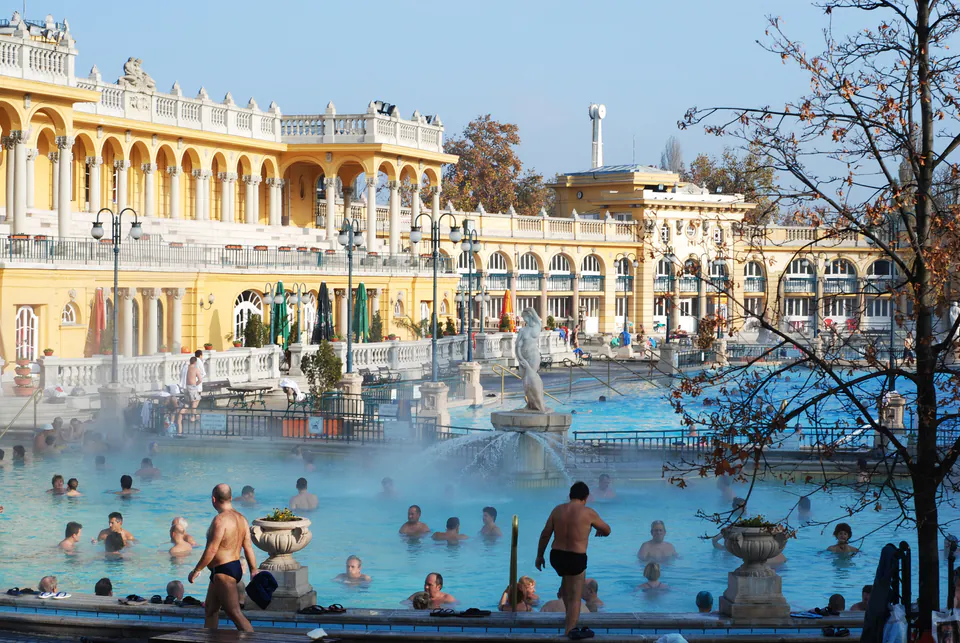
Other Outdoor Swimming Spots
Palatinus Bath on Margaret Island is like a water park combined with thermal baths. They have adventure pools, waterslides, wave pools, and thermal pools. Being on the car-free island makes it feel more peaceful than other water parks.
Gellért Baths are famous for their Art Nouveau architecture. The outdoor facilities are seasonal, but when they're open, the setting is really elegant and refined.
Római Open-air Baths near the Aquincum Museum focus more on fun and activities. They have waterslides, sports fields, and kids' areas along with the thermal pools. This one's only open seasonally.
For something completely different, there's Lupa Beach, which is like an artificial seaside with white sand and palm trees. They have crystal-clear water and various water sports. It's outside the city and costs more, but it's a unique experience.
Popular Outdoor Swimming Facilities
| Facility | Location | Key Features | Season | Transport |
|---|---|---|---|---|
| Széchenyi Baths | City Park | 3 outdoor thermal pools, year-round | All year | M1 metro, trolley 72 |
| Palatinus Bath | Margaret Island | Wave pool, slides, thermal pools | Seasonal | Trams 4/6 |
| Gellért Baths | Gellért Hill | Art Nouveau, wave pool | Seasonal outdoor | M4 metro, trams 47/49 |
| Római Baths | Óbuda | Adventure pools, slides, sports | Seasonal | Buses 34/106, HÉV |
| Lupa Beach | Outside city | Artificial beach, water sports | Seasonal | HÉV 5, car |
Adventure Activities for Adrenaline Junkies
If you're looking for something more exciting than walking through parks, Budapest has some options for thrill seekers too. These activities are perfect when you want to add some adrenaline to your cultural city break.
Rock Climbing and Cave Exploration
Budapest doesn't have great natural rock climbing, but there are several good indoor climbing gyms. Flow, Mag47, and Gravity all have challenging routes for different skill levels and rent equipment if you don't have your own.
The underground cave tours are really cool though. Companies like MJCave take you through the cave systems under the city. Most people have no idea these exist. You get to see geological formations that have been hidden for thousands of years.
Cave diving is the most extreme version of this - it combines technical diving with exploring flooded cave systems. You need advanced certification for this, but it gives you access to places almost no one ever sees.
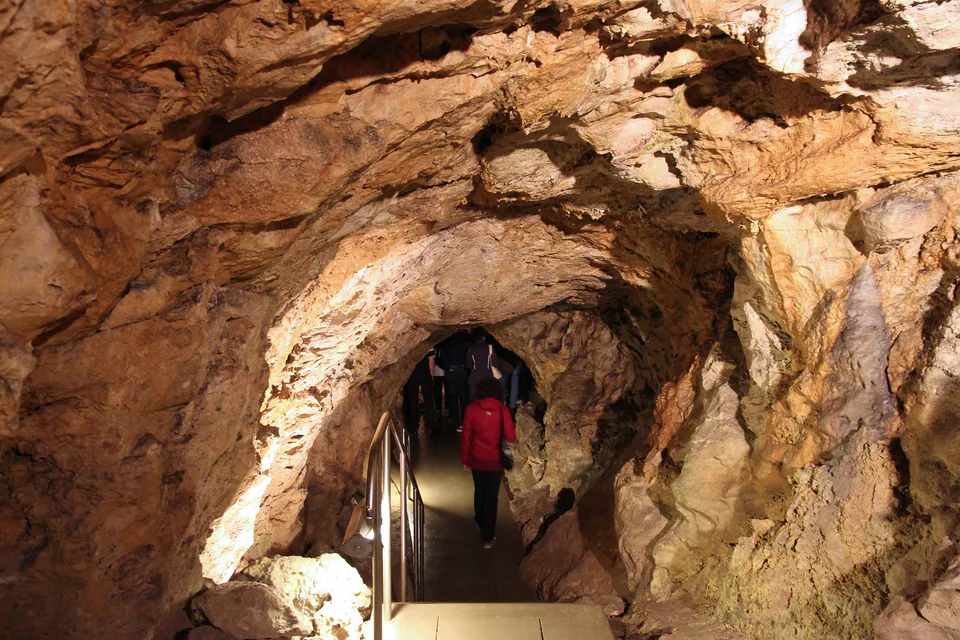
More Adventure Options
You can go skydiving from locations near Budapest. The views of the Hungarian countryside and distant city are pretty amazing. Several companies do tandem jumps for beginners and more advanced options for experienced skydivers.
There are shooting ranges if you're interested in target practice. These places provide instruction and equipment in controlled environments with various target options.
Horseback riding tours through the Hungarian countryside are popular too. Companies like magyarlovastura.hu combine riding with cultural experiences and often include wine tasting. We did one of these and it was a great way to see rural Hungary.
Day Trips to Natural Areas
The countryside around Budapest is beautiful, and there are some great natural areas you can visit as day trips while staying based in the city.
Danube Bend Region
About 40 kilometers north of Budapest is the most beautiful part of the Danube's entire 3,000-kilometer journey. This is where the hills force the river to make this dramatic bend, creating incredible scenery and viewpoints.
The historic towns of Esztergom, Visegrád, and Szentendre are all within an hour of Budapest. Esztergom has Hungary's biggest basilica, Visegrád has medieval castle ruins with amazing views, and Szentendre is this charming artistic town with Baroque buildings.
Regular trains and buses connect Budapest to all these places, so you don't need a car. The journey along the Danube is scenic too, so even getting there is part of the experience.
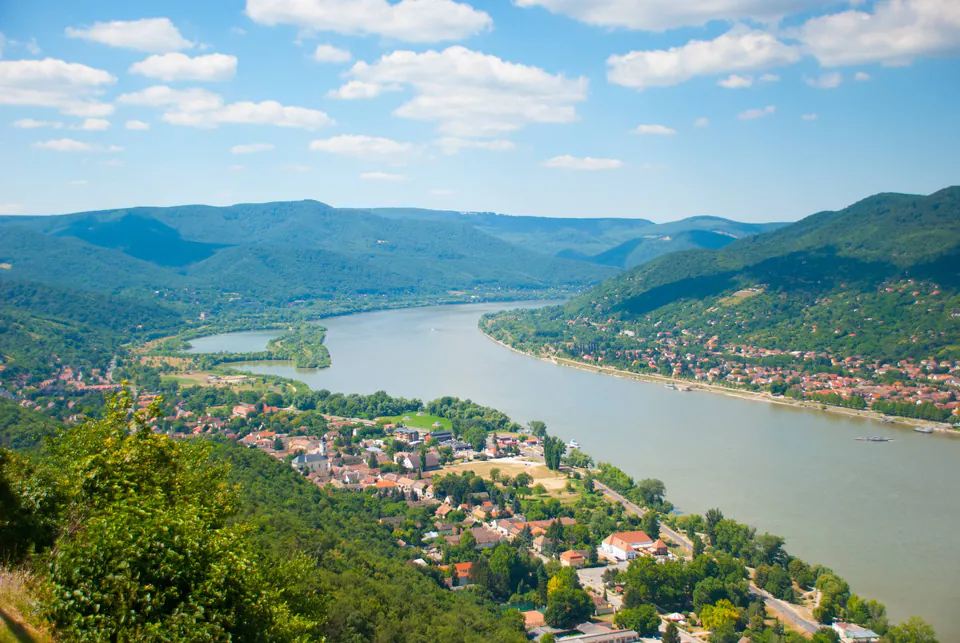
National Parks and Wildlife Areas
Duna-Ipoly National Park has different landscapes within easy reach of Budapest. There are hiking trails of varying difficulty and chances to see native Hungarian wildlife in their natural habitats. The protected status means these areas are pristine compared to urban environments.
You might spot deer, wild boar, foxes, and lots of bird species. Budakeszi Wildlife Park is easier to reach and better for families who want to see animals without doing serious hiking.
When to Visit for Different Activities
Budapest's outdoor scene changes a lot with the seasons, and each time of year has its advantages.
Spring (April-May) is perfect for hiking and park visits. Temperatures are usually 15-20°C and everything's blooming. We think this is the best time for most outdoor activities - comfortable weather and beautiful scenery.
Summer (June-August) is great for water activities, but hiking can get pretty hot during the day. The thermal baths are refreshing when it's hot outside. Early morning or evening activities work best to avoid the midday heat. River cruises and outdoor swimming are at their best.
Fall (September-October) has excellent hiking weather with cooler temperatures and amazing autumn colors. The parks look incredible with all the fall foliage. We love hiking in the Buda Hills during October.
Winter (November-March) transforms everything. The thermal baths become magical with all that steam rising in the cold air. City Park's ice rink opens, and some hiking trails stay accessible depending on weather. We learned that winter thermal bathing is actually one of Budapest's most unique experiences.
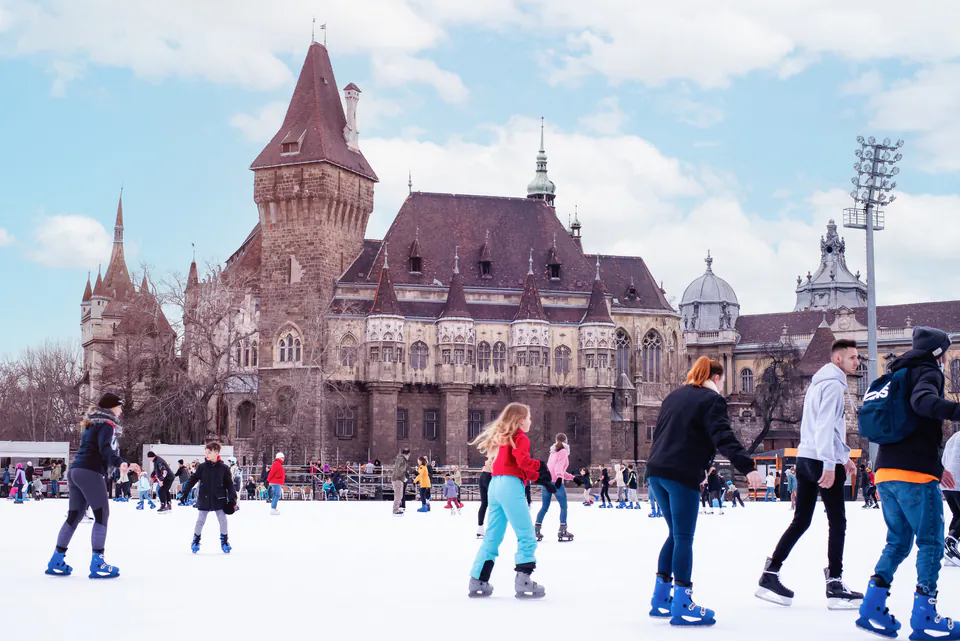
Practical Tips for Outdoor Activities
Getting Around
Budapest's public transport system gets you to most outdoor destinations pretty easily. The M1 metro line goes to City Park, trams 4 and 6 reach Margaret Island, and various buses connect to hiking trail starts in the Buda Hills.
For places outside the city, trains from Nyugati or Keleti stations reach the Danube Bend region and other natural areas. Most outdoor locations are accessible without a car, though some hiking areas are easier to reach if you have one.
What to Bring
Comfortable walking shoes are essential for both urban parks and hiking trails. Bring water bottles and sun protection during warmer months - dehydration and sunburn can ruin your day pretty quickly.
For thermal bath visits, bring swimwear, towels, and flip-flops. Most places rent these, but it's cheaper to bring your own. A small backpack is useful for day trips to carry snacks, cameras, and weather protection.
Cash is still important for entrance fees and refreshments at smaller venues since not all outdoor facilities take cards.
Safety and Accessibility
Most parks have wide, paved paths that work fine for wheelchairs, with accessible restrooms at major facilities. However, hiking trails in the Buda Hills have natural challenges that can limit accessibility for people with mobility issues.
Weather in the hills can change fast, so layered clothing is smart for hiking. Stick to marked trails for safety, and we don't recommend hiking alone in remote areas.
Water quality in the Danube is monitored regularly for swimming areas, but use designated swimming spots rather than just jumping in anywhere.